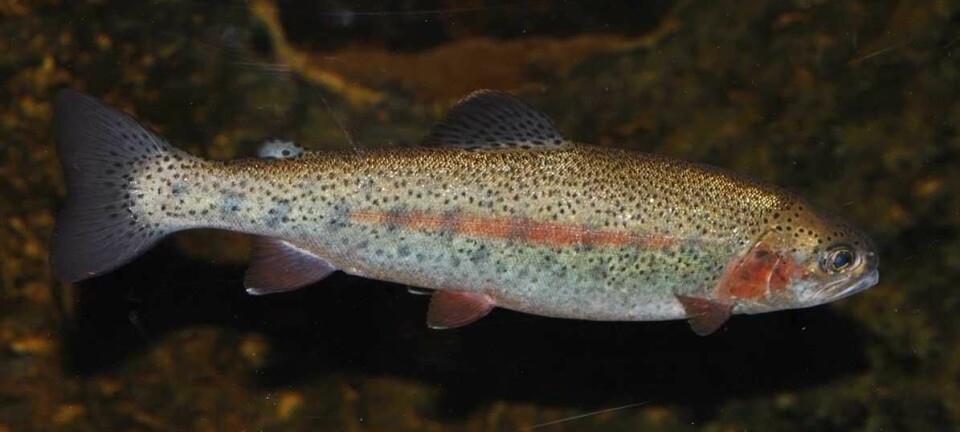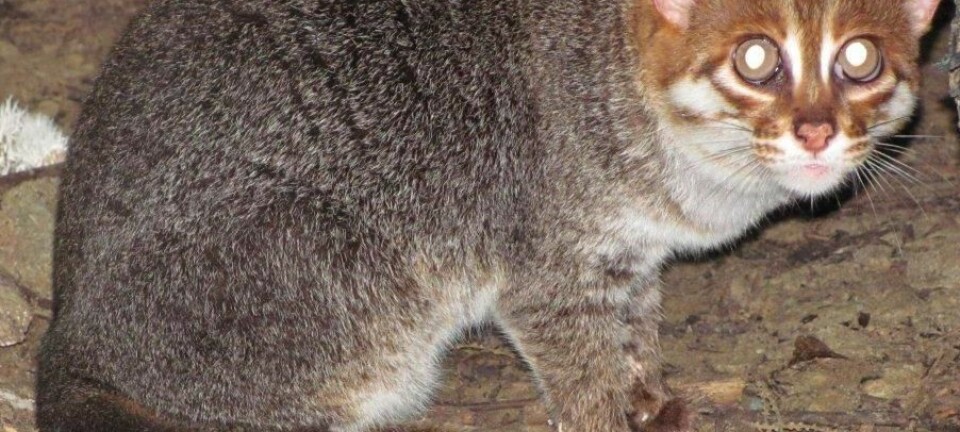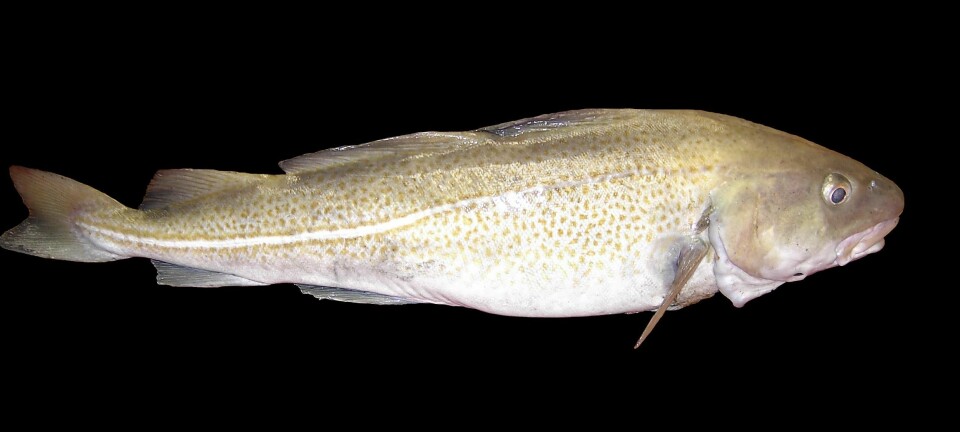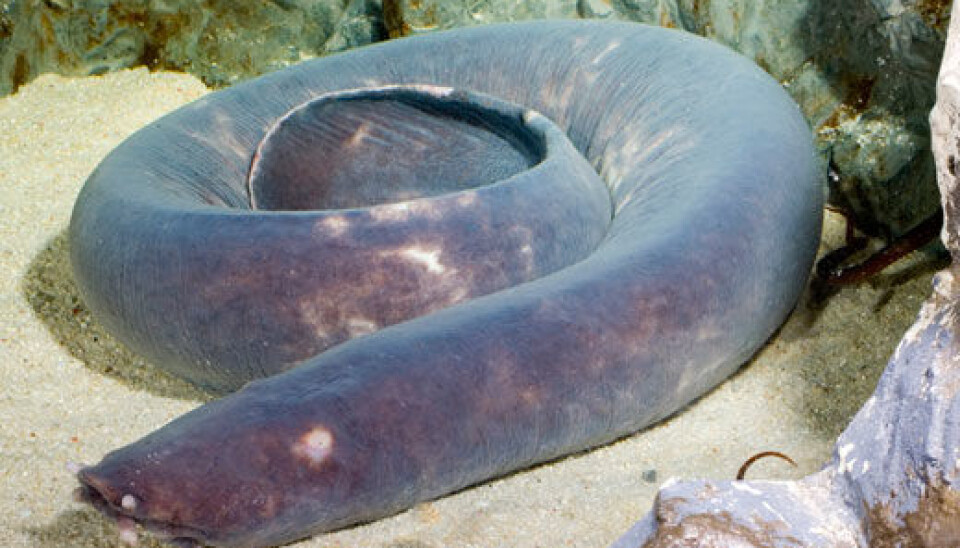
Learning from foul eating habits
The hagfish can absorb food through its skin. Disgusting, yes, but this may give us a clue about the origins of our own digestive system.
Down in the dark, with the mud and the dead fish, lives a quiet eel-like creature called the hagfish, also known as the slime eel.
Apart from having a less-than-attractive name and a not-so-attractive exterior, the hagfish is a carrion-eater with special food preferences.
About 50 cm long, the hagfish eats by swimming into a dead animal and then slowly consuming its way out of the carcass after it has covered the whole of its coming meal in a thick slime excreted though pores in its skin. This prevents other animals from eating the prey.
Rare meal
When the hagfish is about to devour its prey, it ties itself into a knot that it presses up towards its jawless mouth. This allows the hagfish to take a large mouthful of the carcass it will eat.
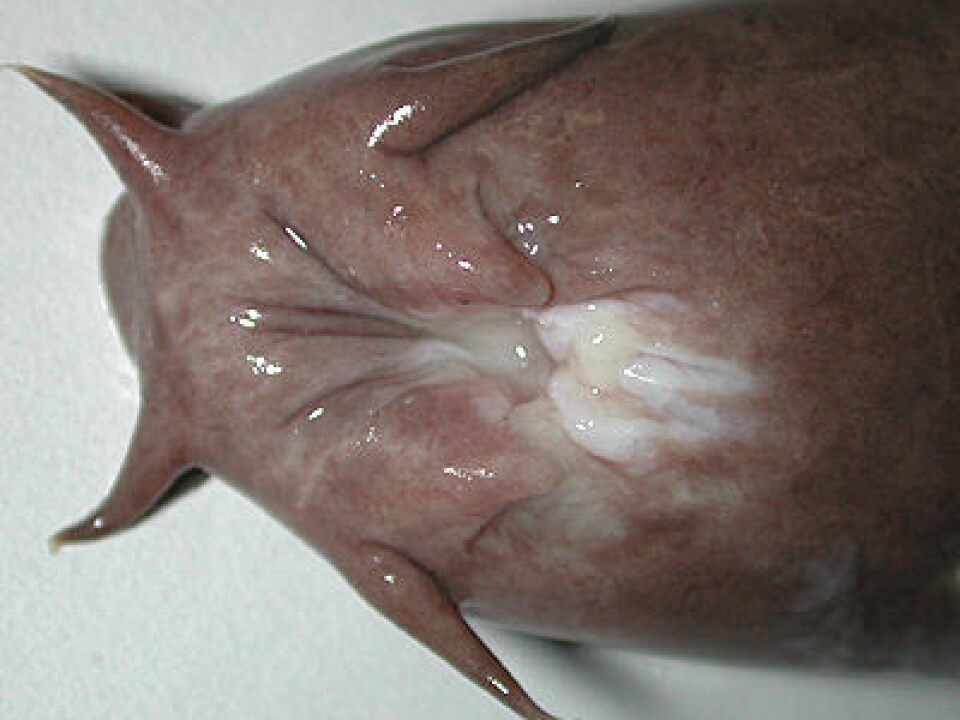
A hagfish can eat several times its own weight – an important ability, says Henrik Carl of the Natural History Museum of Denmark, a biologist and fish expert.
“Because the hagfish lives off carrion, which is not always available, the fish must eat a large meal to last a long time,” he says.
Sucks nutrients through its skin
As a consequence, the hagfish has developed a special technique to get as much from its rare mealtimes as possible. Researchers at the University of Canterbury in New Zealand have discovered yet another unusual way the hagfish eats: when it cannot store more food in its stomach, the hagfish absorbs nutrients through its skin.
Their research, published in Proceedings of the Royal Society B., shows that while the skin of the hagfish absorbs nutrients, fluids with no nutritional value are not allowed through the skin.
“Carcasses are so infrequent that it’s a good idea for hagfish to absorb as many nutrients as possible,” says Carl. “At the same time it’s a smart trick, because the hagfish is inside its prey, surrounded by food. Few other fish would benefit from this.”
Separates good from bad
To see how porous the skin of the hagfish is, the researchers put a piece of the skin under tension in a bottle, as a membrane between salt water and a solution resembling the fish’s own body fluids. Then the researchers added radioactive amino acids, sugar and food colouring to the salt water.
After a couple of hours the skin started to become radioactive as it absorbed the amino acids – but the skin did not absorb the food colouring.
This led the researchers to believe that the hagfish skin only absorbs substances with nutritional value.
Hagfish resembles us
This is the first time that researchers have observed the eating habits of invertebrate and jawless animals. The researchers believe the discovery can help throw light on the origins of humans’ digestive system. The special ability of the hagfish to absorb nutrients through its skin resembles the way our intestines absorb nutrition.
“This is an exciting discovery,” says Carl. “And it will be very interesting to see how much of this technique is found in other species.”
Read the article in Danish at videnskab.dk
Translated by: Michael de Laine
